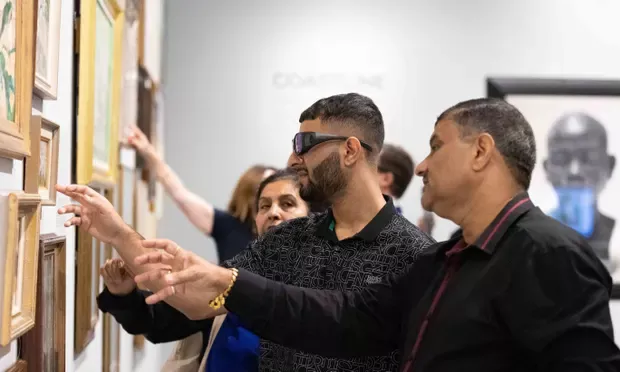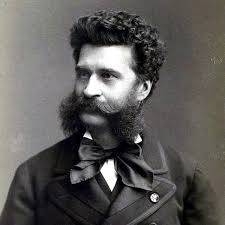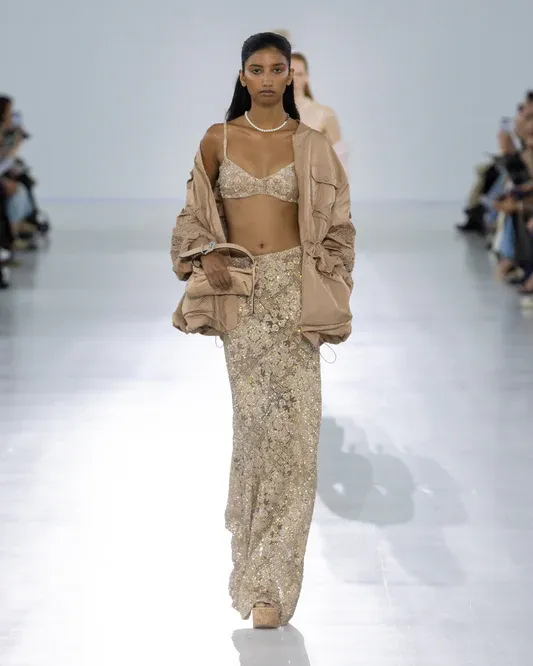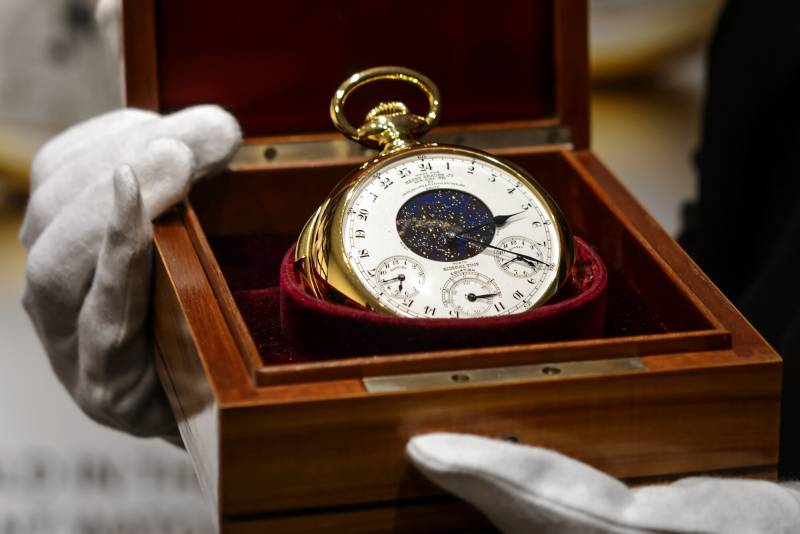Chau Chak Wing Museum is Australia’s first to offer visitors colour-vision-enhancing glasses. So what happens when one man tries them on?
Sydney’s Chau Chak Wing Museum is offering colour-blind visitors special colour-enhancing glasses to view the exhibits. Photograph: Louise M Cooper/The University of Sydney
There are a few everyday situations that 24-year-old Mason Suljic struggles in. He can’t always read graphs, charts or maps very well. The red squiggly line that alerts you to spelling mistakes looks different to him. Selecting pencil colours or clothes is always a gamble, as is trying to pick sufficiently ripened fruit at the supermarket.
Like around one in 12 men and one in 200 women, Suljic has red-green colour-blindness – or, more accurately, is colour vision deficient – which makes it hard to tell the difference between some hues and reduces the overall number of colours he can see. Today, though, his eyesight is undergoing a temporary but radical transformation.
Inside Sydney University’s Chau Chak Wing Museum, Suljic is trying on a pair of vision-enhancing glasses that promise to help him see in a fuller range of colour. What was once a dull grey will be revealed as a blush pink. Details that were previously too blurry to make out in a painting – individual floorboards, the sharpness around a rock – come into focus.
“The water and the necklace are completely different with the glasses on,” he tells Guardian Australia, inspecting an 1881 work by Nicholas Chevalier called South Sea Beauty, in which a woman reclines in a boat. Suljic calmly slides the glasses up and down his nose, comparing the view through the lenses and without them. “The water looks very different – it becomes a cooler colour but also more vibrant. The trees stand out more. Without the glasses, it all kind of blends together.”
Usually, paintings like this would appear to Suljic in a duller range of shades, reducing their detail. But with the glasses on, hues sharpen and pop, and objects become more defined. For someone who usually only sees 1% of the normal range of colour, this is a novel experience.
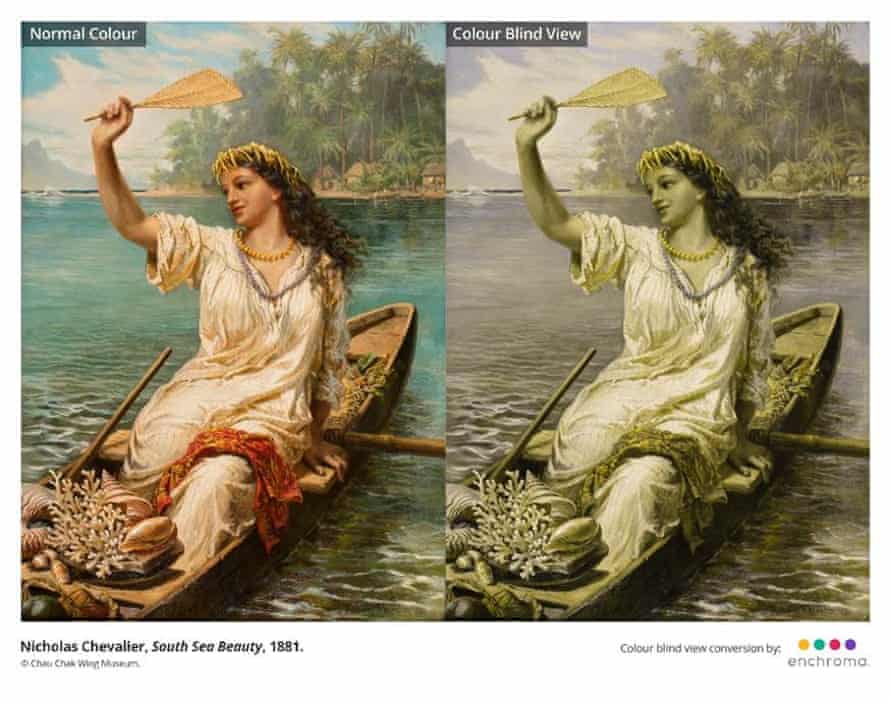
Chau Chak Wing Museum’s South Sea Beauty by Nicholas Chevalier - as seen in colour, and by those with green-red colour vision deficiency. Photograph: Chau Chak Wing Museum
“It’s weird,” he laughs. When you’re used to seeing colours a certain way, Suljic says, the sudden change can feel discomforting. “It’s kind of easier to stick with what you know.”
He also wonders how much he can believe his own eyes.
“I’m not sure [the painting] is the ‘right’ colour that normal people see, but it’s different,” he says. “For me, grass is green, but I don’t know how that colour looks to anybody else. Whether I’m seeing it as a completely different colour, I’m never completely sure.”
Chau Chak Wing Museum recently became the first museum or gallery in Australia to offer colour-correcting glasses to guests like Suljic, introducing them free of charge from April.
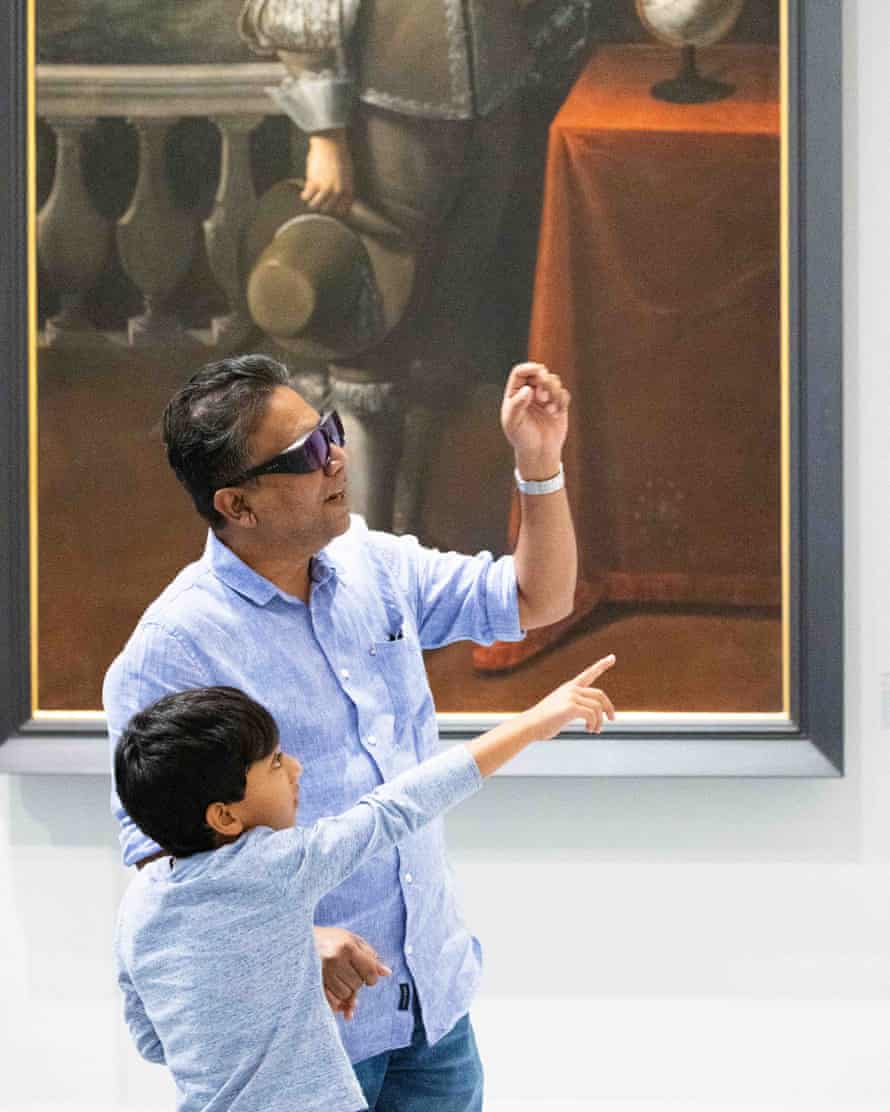
A visitor wearing EnChroma glasses at the Chau Chak Wing Museum. Photograph: Louise M Cooper/The University of Sydney
“I think especially in cultural and arts institutions, accessibility needs to be key,” says Jane Thogersen, a curator at the museum. “[These glasses] allow people with colour-blindness to experience the museum and the exhibitions as they are intended. And it’s such an easy way to do it.”
The glasses, which are created by a US company called Enchroma, are part of a mounting wave of tech innovations aimed at improving vision for those with colour-blindness. Recent years have seen small but significant advances – like Apple allowing users to navigate their iPhones with corrective colour filters, or video games such as Grand Theft Auto introducing colour-blind modes.
But not every colour-blind person will benefit from popping on a pair of spectacles. Enchroma says that their glasses are effective for eight in 10 people with red-green colour-blindness but won’t work at all for those with the less common blue-yellow colour-blindness, or the very rare total colour-blindness. Price could be another barrier: the glasses retail for between $299 and $514 a pop, with different pairs required for indoors and outdoors.
It’s not like those reaction videos of people where they see something for the first time and start crying
Nor are the glasses a silver bullet fix – wearing the shades, Suljic could not pass an online colour-blindness test known as the Ishihara. Even with technology like this, Suljic still can’t join the NSW or Victorian police forces, which he has long hoped to do – currently, neither allows job applications from those with colour-blindness to proceed.
For Suljic wandering through the museum, the glasses make a “fairly drastic” difference – but don’t quite prompt an emotional response.
“Seeing the colours different is a massive change. It looks a lot better,” he says. “But it’s not like those reaction videos of people where they see something for the first time and start crying.”
Ultimately, though, he’s glad the technology exists.
“Looking at the painting with glasses on, it definitely brings art into a new light,” Suljic says. He’ll return the glasses and go back to seeing the world as usual soon. But it’s nice to know that a fuller range of colour is possible – even if it feels a little strange.
